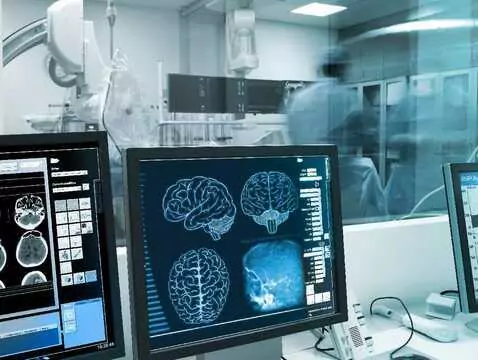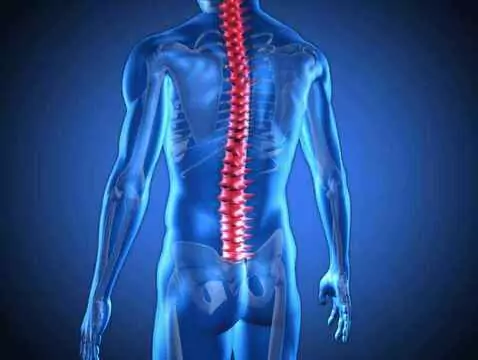The author presents an overview of the current knowledge of symptomatology, diagnosis and therapy of acute spinal-related pain syndromes.
Ad:
Diagnosis of acute spinal syndromes:
In the case of non-specific acute L-S pain, imaging studies should not be used routinely! As a rule, pain usually resolves spontaneously or under the influence of analgesic and anti-inflammatory treatment within approx. 4 weeks. Imaging examinations should only be carried out if severe or increasing neurological deficits coexist or if other significant pathology is suspected, e.g. npl process. Then MRI of the spinal canal and spinal cord should be the preferred investigation. In case of chronic pain or symptoms of radiculopathy/discopathy, an MRI or CT scan of the spinal canal and spinal cord is only indicated if the patient is a candidate for neurosurgical treatment or intrathecal steroid injection! As mentioned earlier, usually the symptoms of acute sciatica are spontaneously reduced in <4 weeks without invasive treatment, and the outcome of neuroimaging studies does not affect therapeutic decisions and treatment outcome.
Treatment of acute spinal syndromes:
One of the basic elements of the management of acute spinal syndromes is the continuation of physical activity - a bed regime is not advisable! Paracetamol is recommended as first-line medication, followed by non-steroidal anti-inflammatory drugs (NSAIDs) e.g. ibuprofen, ketoprofen. If ineffective, myorelaxants can be used in mono- or polytherapy with NSAIDs. Steroids administered orally or intravenously are not recommended as their effect is equal to that of placebo. In case of lack of effect of pharmacotherapy, manual therapy, rehabilitation and physical therapy can be used, but not before 2-6 weeks of symptoms.
The diagnostic plan in acute spinal syndromes is presented in Table 1.
Table 1 Diagnosis of acute spinal syndromes.
|
Possible cause
|
Baseline symptoms
|
Imaging
|
Additional investigations
|
|
Npl
|
History of npl
Weight loss
no improvement after 4 weeks of treatment
age > 50 years
Multiple risk factors
|
MRI
L-S X-ray
L-S X-ray or MRI
|
ESR.
ESR.
ESR
|
|
Infection in the spinal canal
|
Fever, i.v. medication, history of infection
|
MRI
|
ESR. and/or CRP
|
|
tail syndrome
|
Urinary retention
Neurological deficits
Faecal incontinence
|
MRI
|
---
|
|
Compression fracture
|
Osteoporosis
History of steroid therapy
Old age
|
X-ray of L-S
|
----
|
|
Severe and increasing neurological deficits
|
Progressive paresis
|
MRI
|
EMG/conduction
|
|
Herniated cervical disc
|
Root symptoms
Symptoms > 4 weeks
|
-------
MRI
|
--------
EMG/Conduction
|
|
Spinal canal stenosis
|
Pain radiating to lower limbs, old age
Symptoms > 4 wks.
|
------
MRI
|
--------
EMG/conduction
|
Indications for neurosurgical intervention include rapidly progressive, significant neurological deficits in the form of muscle weakness or urinary retention, and lack of effect after long-term pharmacological treatment.









